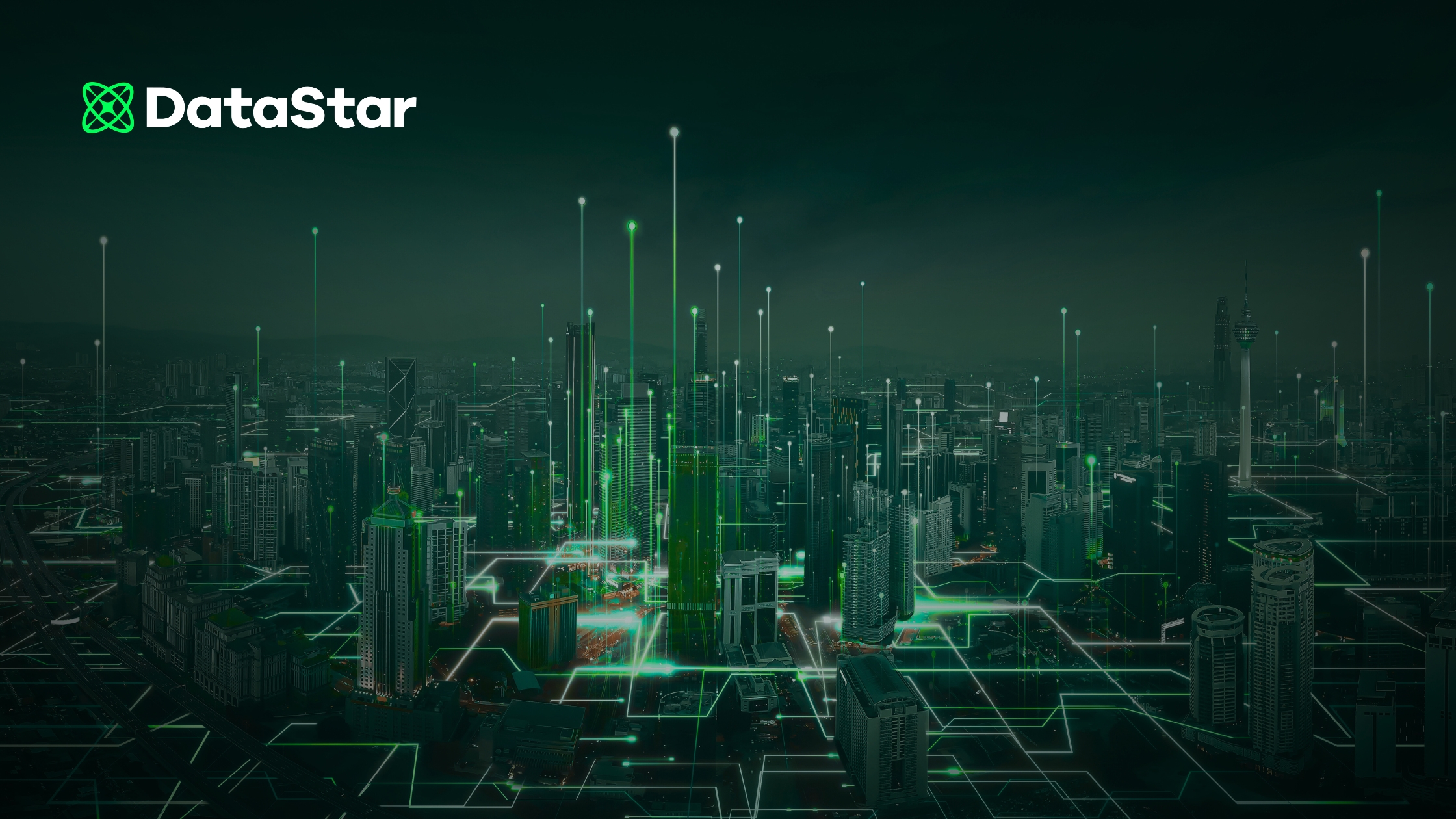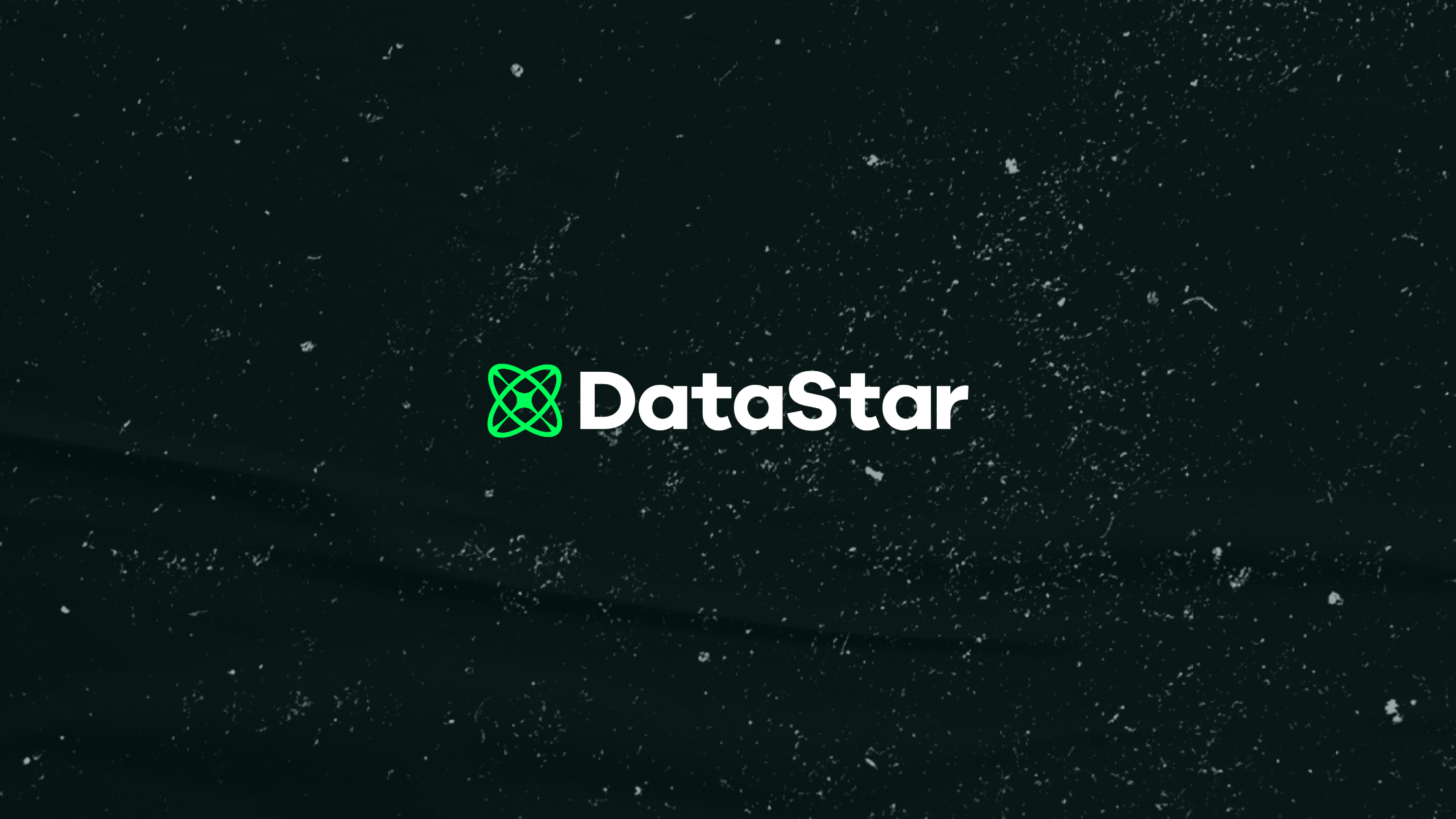
Published by
Don Hicks
Published on
November 18, 2025
.png)

.png)


We're at an inflection point in supply chain technology. AI is transforming what's possible in supply chain design—but not in the way most people think.
The real revolution isn't about replacing human decision-makers. It's about fundamentally changing what supply chain design can accomplish and who can participate in it. We're collapsing timelines from months to days, democratizing access to sophisticated modeling, and elevating the role of strategic thinking in supply chain transformation.
But here's what I've learned over the past year: as AI becomes more powerful, the human element becomes more critical, not less.
Here's what's happening right now in our industry: AI is disrupting traditional boundaries between supply chain planning, execution, and design. Every solution category is being redefined by artificial intelligence.
Many vendors are racing to automate supply chain decisions—planning, execution, process automation. It's all about pulling humans out of the loop. And honestly? For a lot of decisions, that's exactly what should happen.
But here's what I've learned: AI-driven supply chain decision-making is about automating decisions. Automating means pulling humans out of the loop. In design, you're making decisions that cannot be fully automated.
Let me explain why.
There are fundamentally two types of decisions in supply chain:
Decisions AI Can Fully Automate: Repetitive, data-rich, historical context, where rapid execution is needed. Optilogic can do this. But so can 50 other companies.
Decisions AI Can't Replace (But Can Revolutionize):
This is where Optilogic leads the field.
Here's the thing people miss about supply chain design: It's not just an optimization problem. It's a contract between warring factions in your company.
You need humans to negotiate the compromises.
And it goes deeper than that. When you're designing future states of your supply chain, it doesn't know what you're thinking. It doesn't have your imagination. It doesn't know what's possible, because what's possible is not constrained by the past. It's only constrained by your imagination.
AI can't imagine. It can only extrapolate from history. But transformation requires vision.
So if humans are essential, what role does AI play? This is where we've made our breakthrough.
With our breakthroughs, we've focused our agentic AI on collapsing the modeling process down to virtually nothing.
Here's how it works: We're collapsing that down so that you get to running optimizations, simulations, alternatives almost instantaneously. But—and this is critical—that doesn't mean fire the humans.
When our AI generates a baseline and ten other alternatives to support your CEO's request by this afternoon, you're not done. You can open it up in the world leading Cosmic Frog, go in and look at the tables, do all the work.
Why? Because to do real engineering, you do have to prove it out and look at what the AI did when it generated these models.
This is what sets us apart: We've got the world's best products to do that and give supply chain teams the tools to validate and improve what AI generates.
Let me give you a concrete example of what this looks like.
Everyone talks about digital twins—pulling all your data together to build "a single digital representation of what you are now, your current network."
But "you're not doing that just so you can watch the plane crash from the control tower."
Here's what our customers need: They want to take the digital twin and make it not a digital twin. They want to make it a digital “untwin”. They want to detwin it, make it a digital triplet.
That's what we do. We're in the business of starting and automating the digital twin and then creating digital triplets and quadruplets—your supply chain's digital twin re-engineered and optimized.
Let me be direct about something: This is the limitation of AI. It doesn't know when it's wrong. Humans must have oversight.
Your executive team might ask to "show me a model of 2028 given an acceleration in my ABC products." Sure, our AI will generate that.
But would you go off and then make changes? No. Your team is going to say, “Let me investigate the details. Maybe some of those assumptions are wrong."
That's not a bug. That's the feature. That's why humans matter.
We're at an inflection point in supply chain technology. AI is transforming what's possible in supply chain design—but not in the way most people think.
The real revolution isn't about replacing human decision-makers. It's about fundamentally changing what supply chain design can accomplish and who can participate in it. We're collapsing timelines from months to days, democratizing access to sophisticated modeling, and elevating the role of strategic thinking in supply chain transformation.
But here's what I've learned over the past year: as AI becomes more powerful, the human element becomes more critical, not less.
Here's what's happening right now in our industry: AI is disrupting traditional boundaries between supply chain planning, execution, and design. Every solution category is being redefined by artificial intelligence.
Many vendors are racing to automate supply chain decisions—planning, execution, process automation. It's all about pulling humans out of the loop. And honestly? For a lot of decisions, that's exactly what should happen.
But here's what I've learned: AI-driven supply chain decision-making is about automating decisions. Automating means pulling humans out of the loop. In design, you're making decisions that cannot be fully automated.
Let me explain why.
There are fundamentally two types of decisions in supply chain:
Decisions AI Can Fully Automate: Repetitive, data-rich, historical context, where rapid execution is needed. Optilogic can do this. But so can 50 other companies.
Decisions AI Can't Replace (But Can Revolutionize):
This is where Optilogic leads the field.
Here's the thing people miss about supply chain design: It's not just an optimization problem. It's a contract between warring factions in your company.
You need humans to negotiate the compromises.
And it goes deeper than that. When you're designing future states of your supply chain, it doesn't know what you're thinking. It doesn't have your imagination. It doesn't know what's possible, because what's possible is not constrained by the past. It's only constrained by your imagination.
AI can't imagine. It can only extrapolate from history. But transformation requires vision.
So if humans are essential, what role does AI play? This is where we've made our breakthrough.
With our breakthroughs, we've focused our agentic AI on collapsing the modeling process down to virtually nothing.
Here's how it works: We're collapsing that down so that you get to running optimizations, simulations, alternatives almost instantaneously. But—and this is critical—that doesn't mean fire the humans.
When our AI generates a baseline and ten other alternatives to support your CEO's request by this afternoon, you're not done. You can open it up in the world leading Cosmic Frog, go in and look at the tables, do all the work.
Why? Because to do real engineering, you do have to prove it out and look at what the AI did when it generated these models.
This is what sets us apart: We've got the world's best products to do that and give supply chain teams the tools to validate and improve what AI generates.
Let me give you a concrete example of what this looks like.
Everyone talks about digital twins—pulling all your data together to build "a single digital representation of what you are now, your current network."
But "you're not doing that just so you can watch the plane crash from the control tower."
Here's what our customers need: They want to take the digital twin and make it not a digital twin. They want to make it a digital “untwin”. They want to detwin it, make it a digital triplet.
That's what we do. We're in the business of starting and automating the digital twin and then creating digital triplets and quadruplets—your supply chain's digital twin re-engineered and optimized.
Let me be direct about something: This is the limitation of AI. It doesn't know when it's wrong. Humans must have oversight.
Your executive team might ask to "show me a model of 2028 given an acceleration in my ABC products." Sure, our AI will generate that.
But would you go off and then make changes? No. Your team is going to say, “Let me investigate the details. Maybe some of those assumptions are wrong."
That's not a bug. That's the feature. That's why humans matter.
Fill out the form to unlock the full content
Got a question, an idea, or just want to chat? We're all ears—reach out to us!
Lorem ipsum dolor sit amet, consectetur adipiscing elit. Suspendisse varius enim in eros elementum tristique. Duis cursus, mi quis viverra ornare, eros dolor interdum nulla, ut commodo diam libero vitae erat. Aenean faucibus nibh et justo cursus id rutrum lorem imperdiet. Nunc ut sem vitae risus tristique posuere.

.png)

.png)
